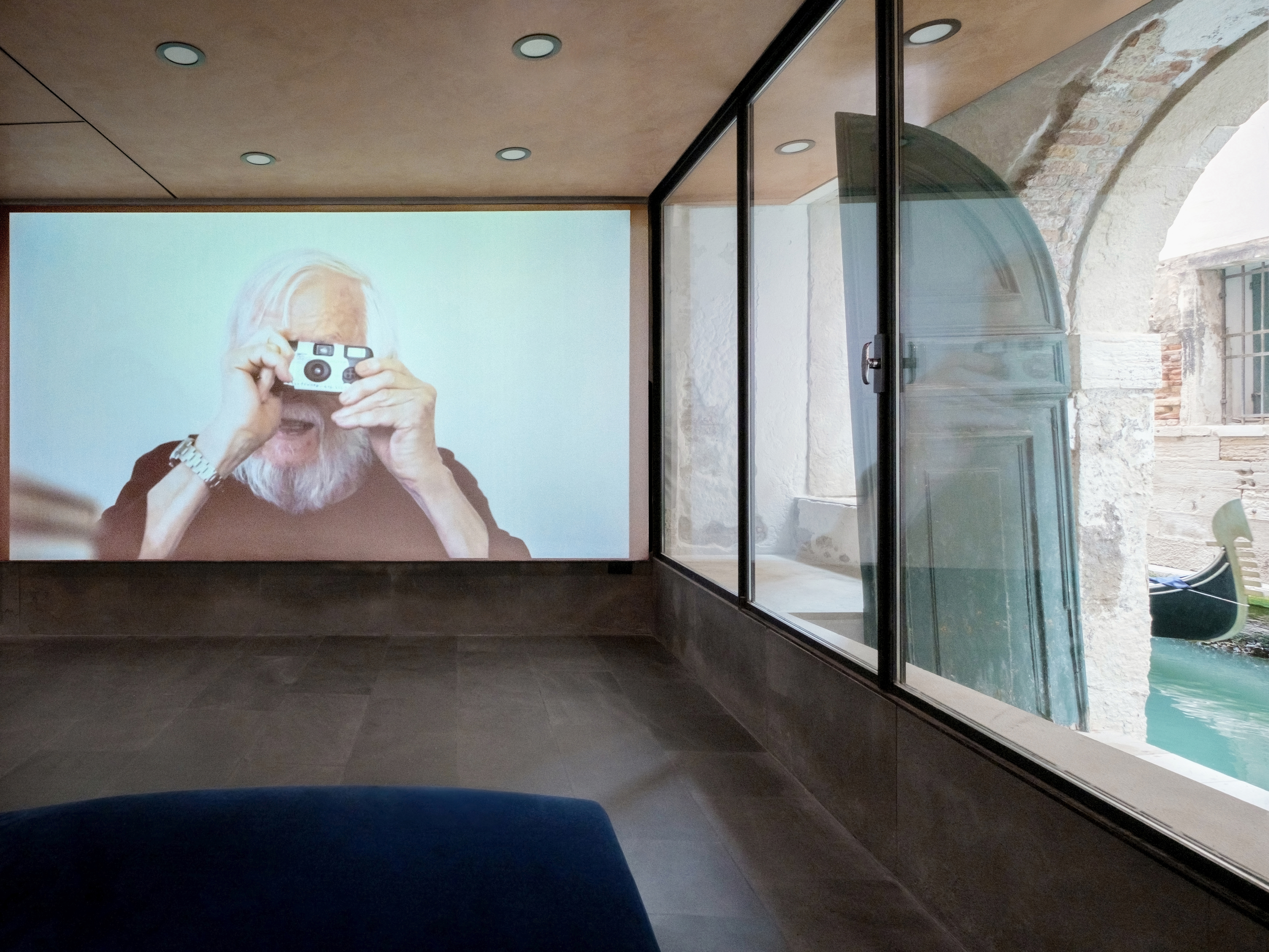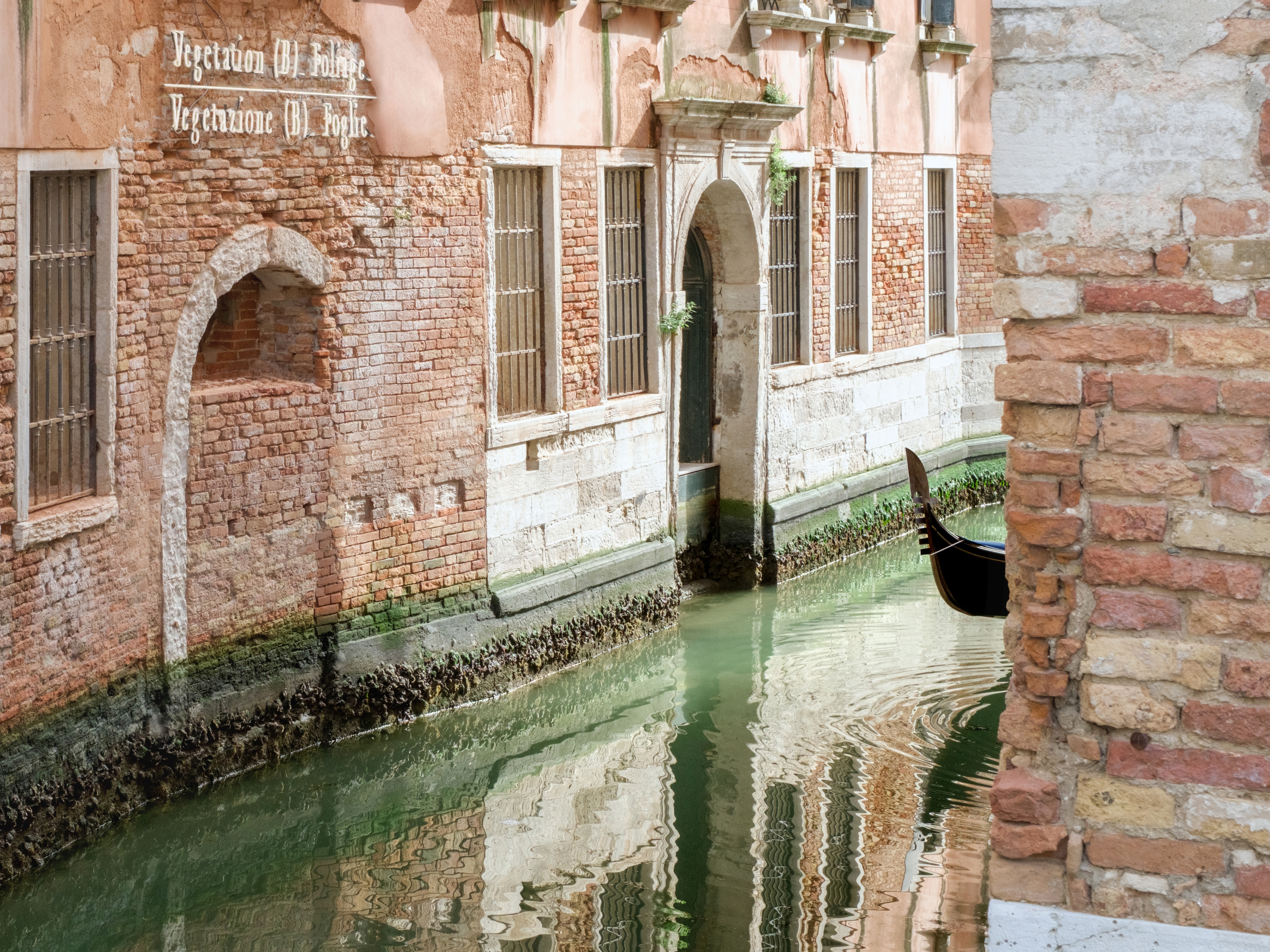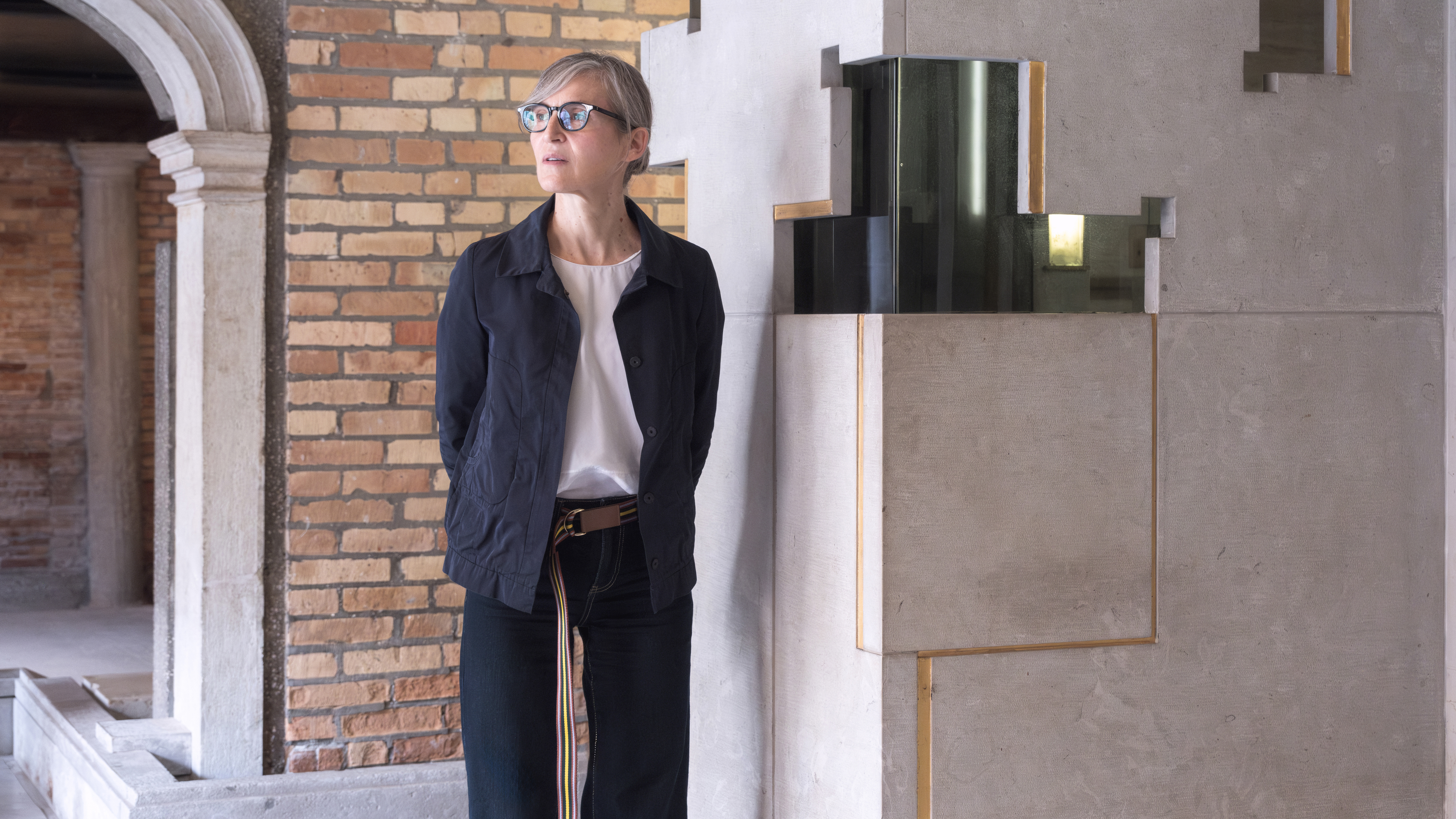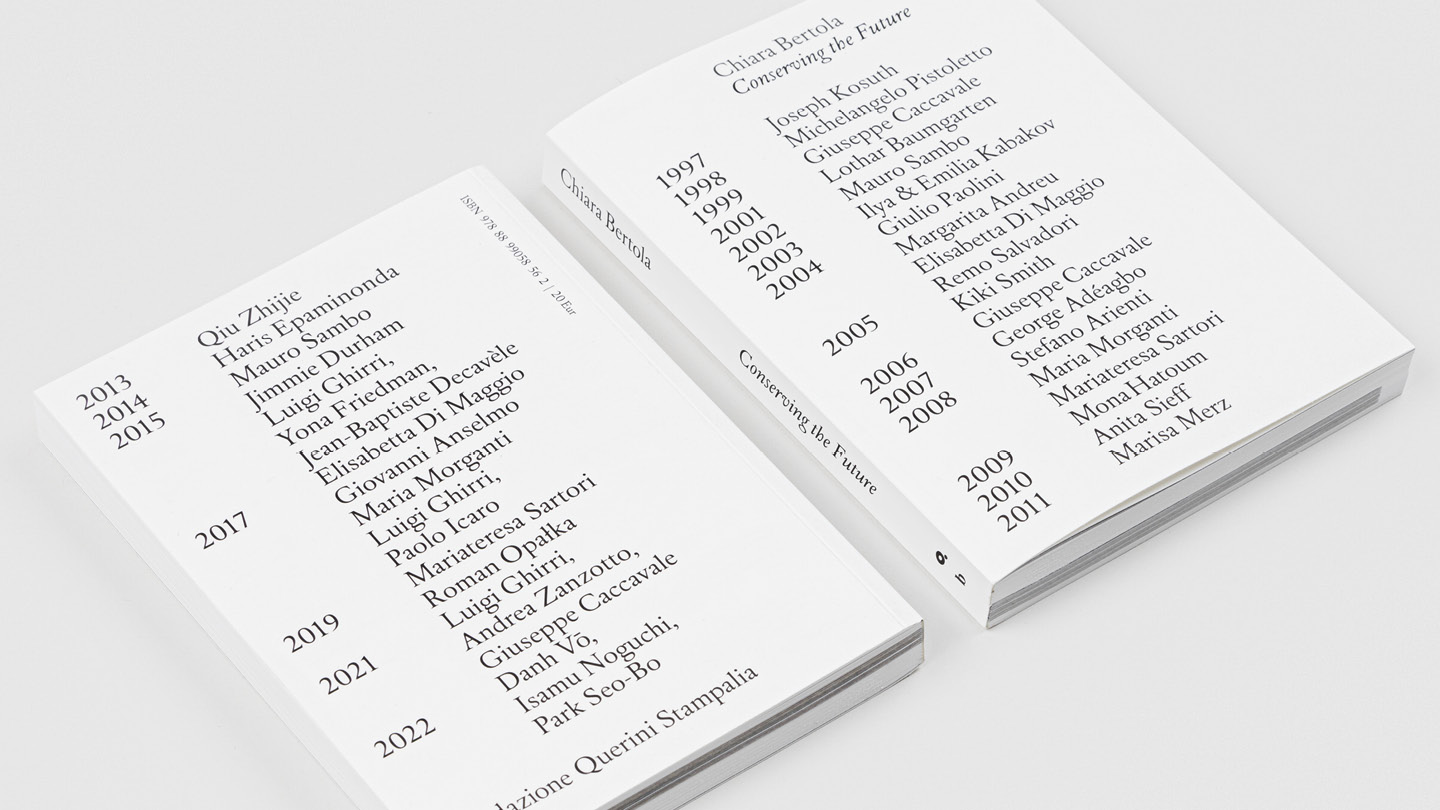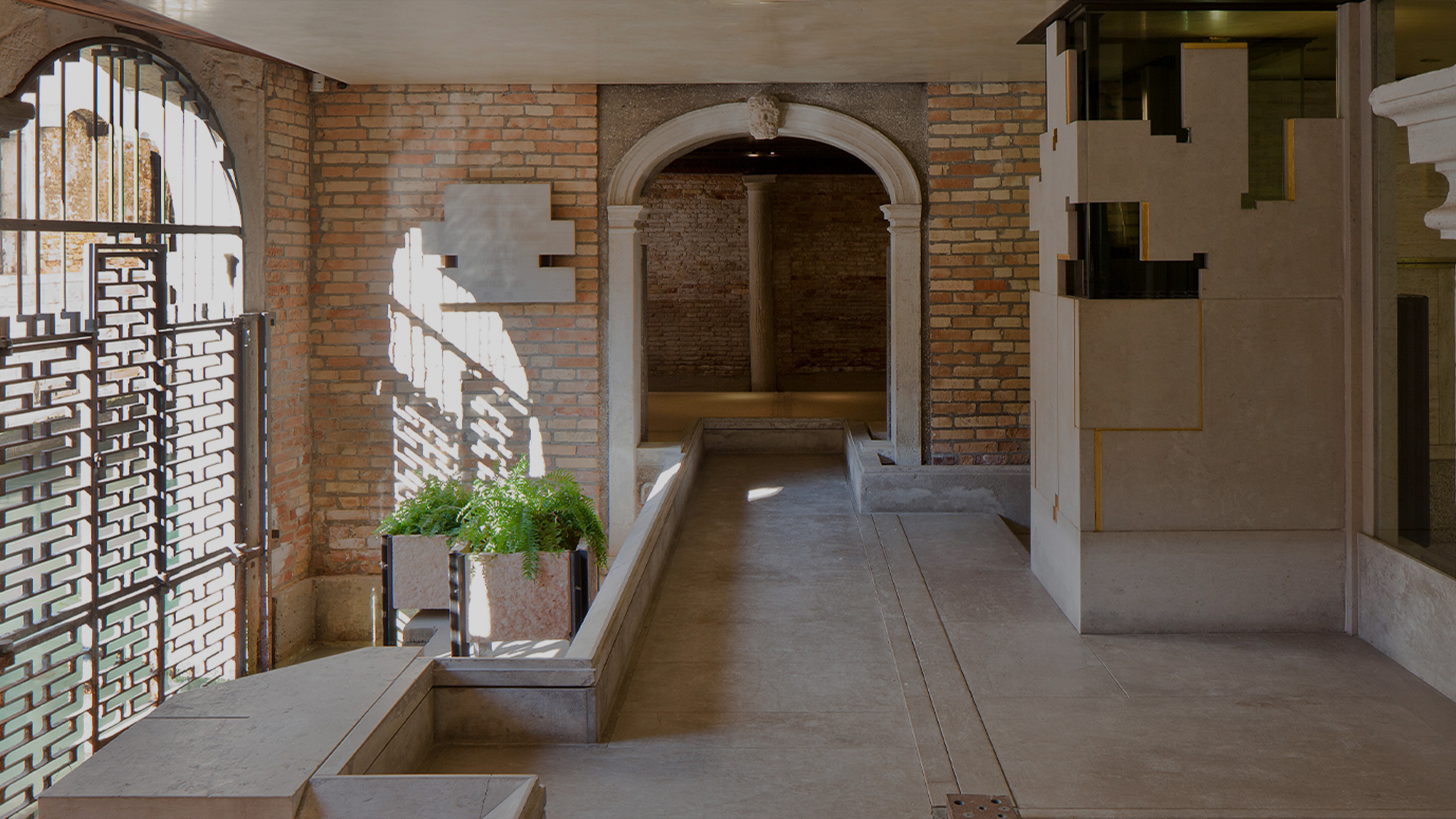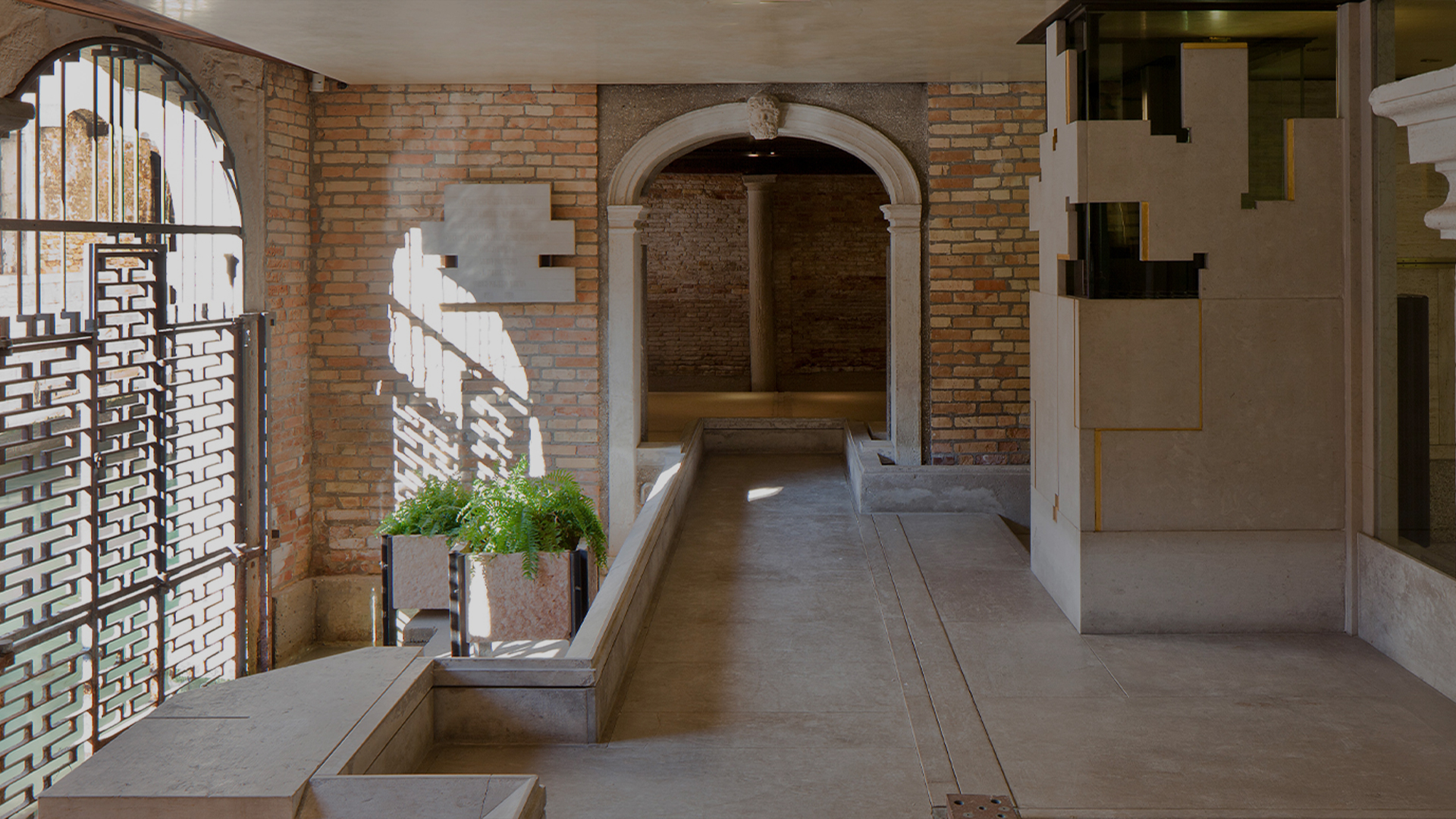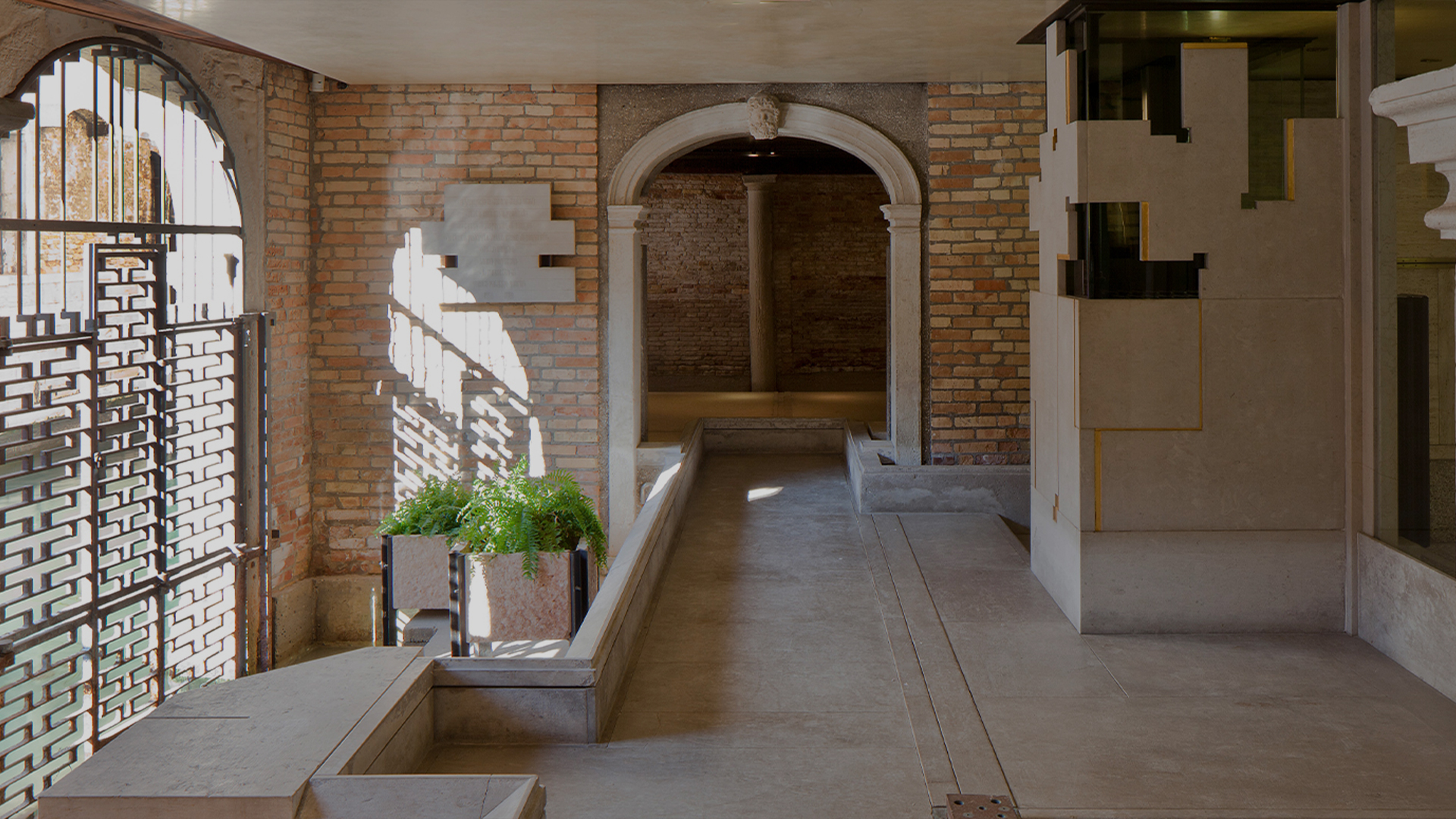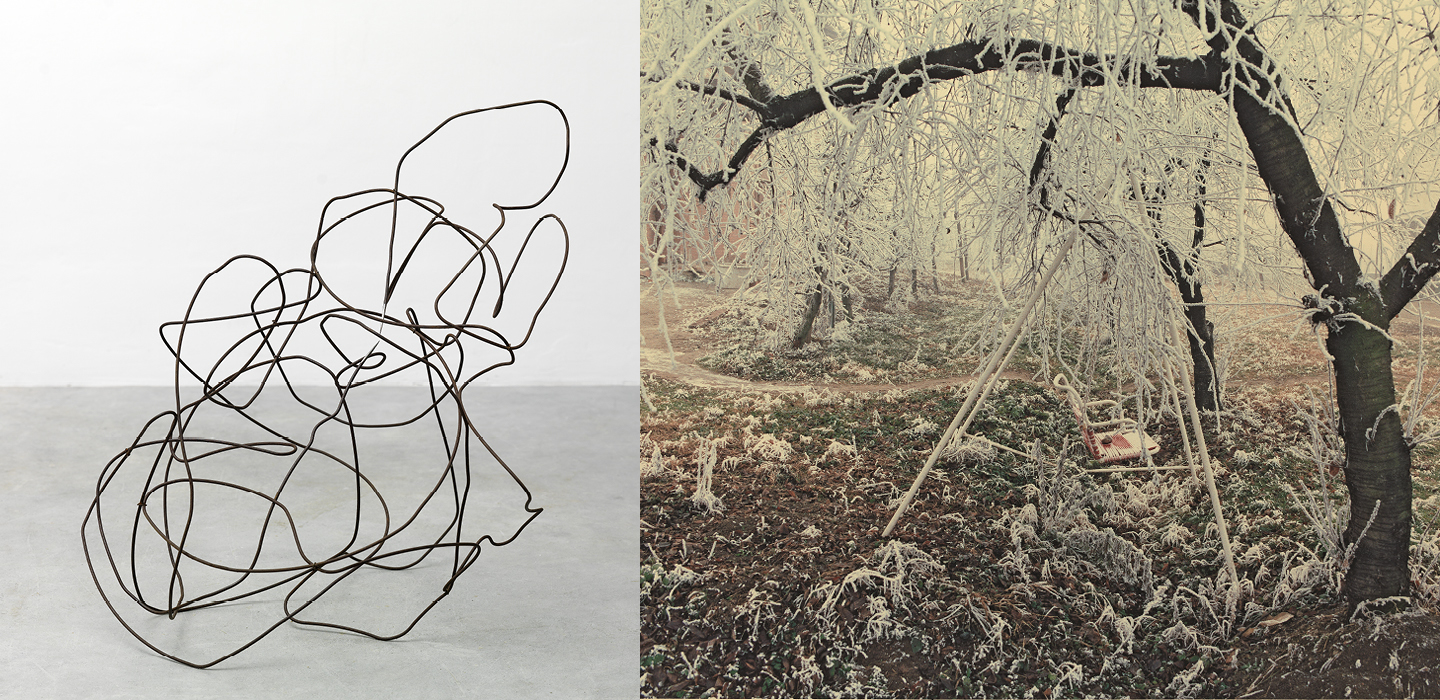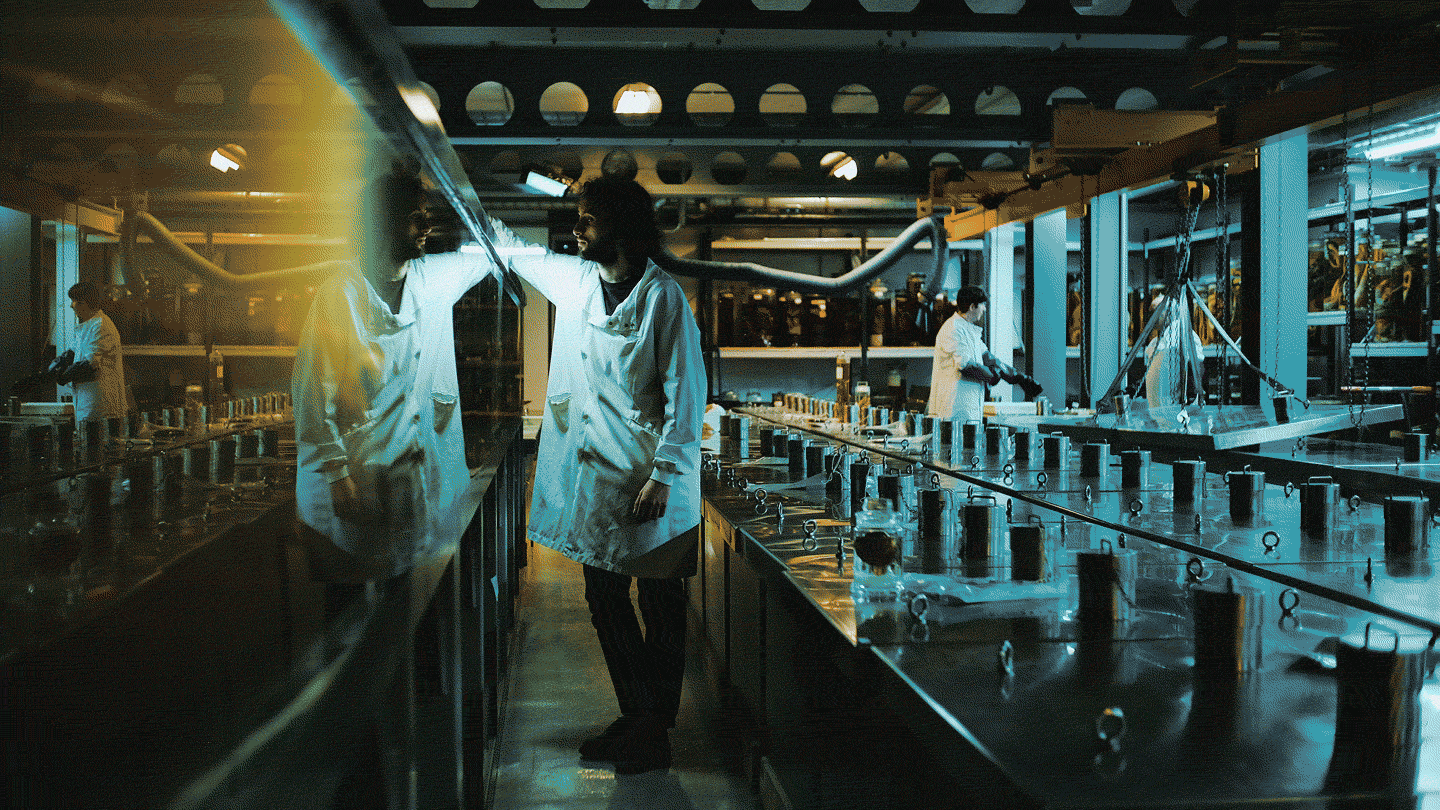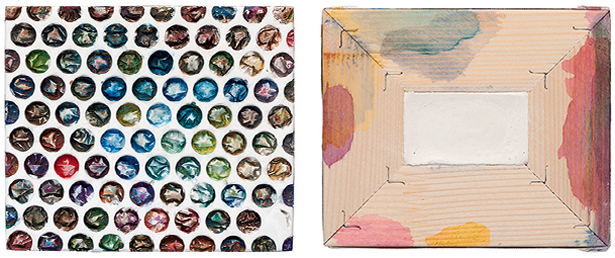No Stone Unturned—Conceptual Photography
May 5–November 23, 2025
Venice 30122
Italy
Hours: Tuesday–Sunday 10am–6pm
John Baldessari (1931–2020), one of the most influential figures in conceptual art, spent more than seven decades reshaping how we understand what art can be. Drawing from everyday life and visual culture, he created paintings, sculptures, drawings, videos, and photographs that explored the contrast between image and language, object and meaning—often with disarming wit.
No Stone Unturned—Conceptual Photography is Baldessari's largest exhibition ever held in Venice and focuses on a crucial moment of his career in the late 1960s, when photography became central to his conceptual practice. Baldessari was a forerunner, whose work constantly reflects on the grammar of space: a space to be deconstructed, recomposed and explored. Here, each work speaks a language that is both rigorous and playful, revealing a spatial intelligence that pulsates in the rhythm of the images and the interaction between bodies, objects and surfaces. The subject matter of Baldessari's photographs was always simple, comprising objects he found locally in Los Angeles, in his studio, while at home or teaching.
In his famous series Commissioned Paintings (1969), Baldessari not only complicated the authorship and definition of a painting but also reflected on the latter's ability to focus attention and determine what deserves to be looked at—concepts that are often taken for granted or overlooked. After Cremation Project (1970), in which he ceremonially set fire to many of the canvases he had made before the conceptual turning point in his work (a project documented almost exclusively through photographs), in the 1970s and early 1980s the artist embarked on a prolific array of photo-based series where he experimented with different ways of using the medium. For the project Police Drawing (1971), he explored photography as circumstantial evidence. Other works from the early 1970s include videos such as I will not make any more boring art (1971) and Teaching a Plant the Alphabet (1972), which take absurd situations and record futile and comic performances. Other photographic series become investigations into movement, language and the relationship between photography and film. Many of these works stem from exercises Baldessari assigned to his students at the California Institute of the Arts (CalArts), e.g. “How plants can be used in art,” “Throw objects out of the window. Photograph them in mid-air,” or “Describe the visual verbally and the verbal visually.” These writings and teaching activities were fundamental not only for the education of students but also for his artistic practice.
Works from the mid-1970s include examples from the Kissing Series, which emphasises the importance of spaces between things, or from the Embed Series which explores the concept of the subliminal image. The idea of photography as a code, or as a decoding tool, also appears in the Binary Code Series. Each of these series, based on juxtapositions and comparisons between objects, images and words, laid the foundations for many of the celebrated wall works and paintings of the 1990s and 2000s.
The exhibition also includes a major presentation of his intriguing Blasted Allegories, a large series made in the late 1970s that combines photographs taken from a television screen with words overlaid in a vast array of colours and compositions.
The images combined in complex sequences seek to lay bare our profound need to find meaning in everything we see. The artist described this series as “bits of meaning floating in the air whose ephemeral syntax generates new ideas” and leaves no stone unturned.
